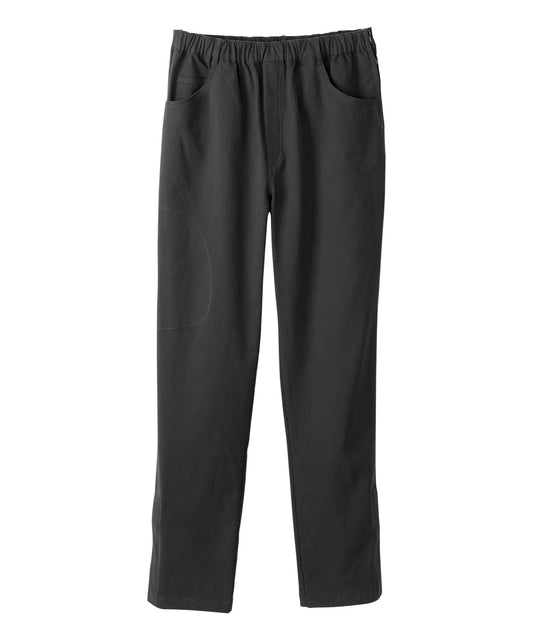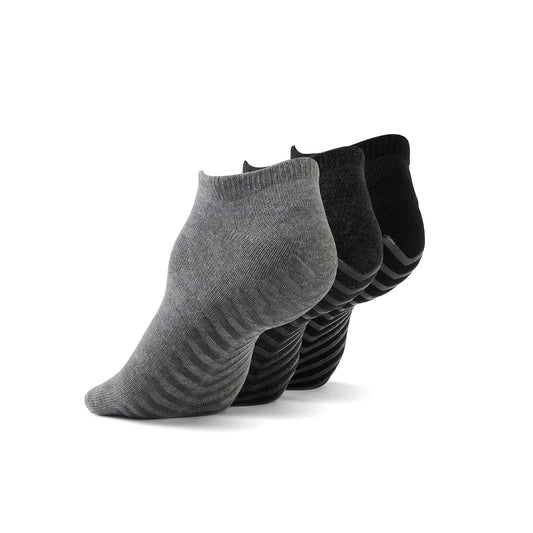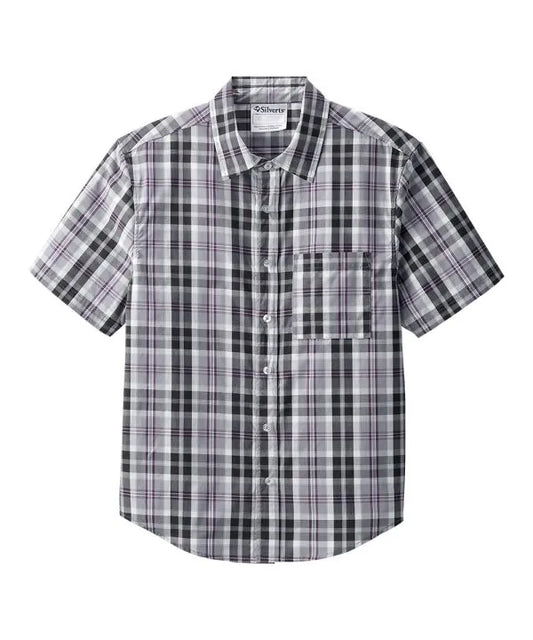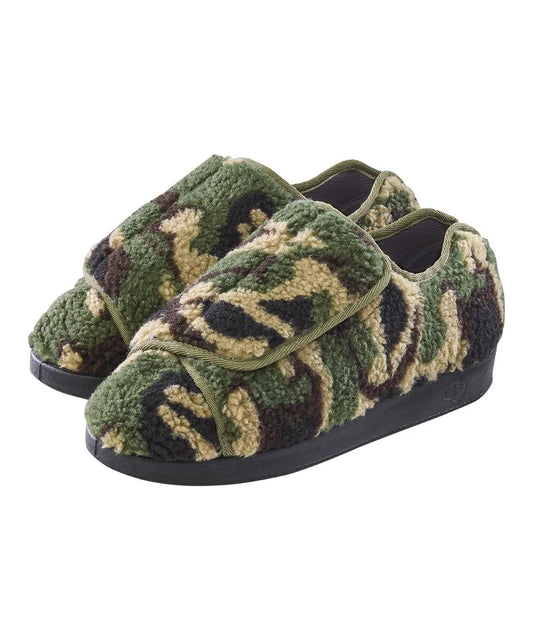Author: Ayesha Malhi
Choosing a long-term care facility for a loved one is one of the most significant and emotional decisions a family can make. While families often prioritize medical services, staff to resident ratios, and cleanliness, one crucial area is often overlooked: adaptive clothing. Proper clothing not only supports dignity and independence but also reduces risks associated with skin conditions, falls, and dressing fatigue, especially for individuals with disabilities, post-surgery recovery, or mobility limitations.
At JuneAdaptive.com, we’re committed to promoting comfort, style, and accessibility through adaptive fashion. This guide will walk you through the key factors to consider when evaluating a nursing home—highlighting where adaptive clothing fits into the picture and why it should be part of your family’s decision-making process.
1. What to Look for When Touring a Nursing Home: Ensuring Adaptive Clothing and Comfortable Wear
A facility tour is your first opportunity to evaluate whether your loved one will be treated with the dignity they deserve. Watch closely: how are residents dressed? Are they wearing clean, well-fitting clothes that accommodate their mobility or health conditions?
Observation Checklist:
- Are residents wearing adaptive clothes or struggling with traditional garments
- Do you notice open-back dresses, Velcro shoes, or magnetic closure shirts?
- Is clothing seasonally appropriate and well maintained?
- Are residents dressed in streetwear or still in nightwear during the day?
Ask staff whether families can provide adaptive clothing and whether they assist residents with dressing using accessible methods.
Recommendation: Look for facilities where staff treat dressing as part of personal care—not just a task.


Try our Women's Fleece Pants With Back Overlap, and Unisex Recovery Top with Snap Closures that reduce dressing time and enhance dignity.
Storytime: A co-worker of mine, Emily, recently helped move her aunt into a long-term care facility after she began to struggle with mobility due to Parkinson’s. During the initial weeks, Emily noticed her aunt seemed more withdrawn and avoided visits. Upon speaking with staff, she discovered her aunt was embarrassed about how hard it was to dress herself each day. Traditional buttons and stiff clothing made her feel like a burden. Emily turned to JuneAdaptive.com and ordered Velcro shoes, easy-on tops, and adaptive pants. The change was immediate. Her aunt felt more independent and confident, and she started attending group events again. Staff appreciated the simplicity too, making everyone’s day easier. As Emily said, “Small wardrobe changes made a big emotional impact.”
2. Key Questions to Ask Nursing Home Staff About Adaptive Clothing Options and Policies
Before selecting a facility, be direct with your questions about clothing policies and accommodations. Some facilities are familiar with adaptive fashion, while others may need guidance.
Ask Staff:
- Are caregivers trained to assist residents with limited dexterity or chronic pain?
- Is adaptive clothing for stroke recovery, spinal cord injuries, or Parkinson’s encouraged?
- Are there any laundry or clothing guidelines families must follow?
- Do they help with low-effort dressing during outings or rehabilitation?
- Can your loved one use Velcro shoes for adults, seamless socks, or pain-free fashion during daily care?
These questions not only help you assess preparedness but show your advocacy for inclusive care.
Featured Pick:

Try our Men’s Long Sleeve Polo Shirt with Open Back for residents who struggle with traditional buttons. It’s sleek, simple, and staff-approved.
3. The Importance of Location, Accessibility, and Adaptive Clothing Needs for Family Visits
Choosing a facility close to home is key—but accessibility also includes how easily your loved one can get dressed and ready for visits or medical appointments.
Does your loved one need easy-on shoes, layered adaptive wear, or hospital-to-home outfits for outings? Will staff help with clothing changes before a visit?
Travel-Ready Clothing Essentials:
-
Hands-free adaptive sneakers for stability and ease
-
Wheelchair-friendly clothing with side openings or no back seams
-
Soft-touch adaptive outerwear for colder climates
Keeping a go-bag at the facility with a full change of adaptive clothes can make impromptu visits smoother and more enjoyable for everyone. One caregiver shared that she always kept a warm zip-up adaptive hoodie and extra pants with Velcro closures at the facility so her father could quickly prepare for their afternoon coffee runs. These moments, though simple, meant the world to him—and made her visits easier and more joyful.
4. Comparing Costs: What to Expect When Paying for Long-Term Care and Adaptive Clothing
Long-term care costs vary widely based on region, services, and insurance. But the cost of adaptive fashion—while often overlooked—is also part of the long-term picture.
Budgeting Tips:
-
Ask if clothing laundry is included in monthly fees.
-
Inquire if the facility partners with adaptive fashion brands.
-
Use disability tax credits or benefits (in both the U.S. and Canada) to offset expenses.
-
Explore clothing grants or nonprofit support for seniors and people with disabilities.
While adaptive wear may carry an initial investment, it often pays off in the form of easier dressing, less staff time required, and fewer clothing-related medical issues.
JuneAdaptive Suggests:
Build a capsule wardrobe with 5–6 mix-and-match outfits: adaptive pants, open-back tops, and Velcro shoes that simplify daily routines.
Remember: investing in accessible apparel is investing in your loved one’s comfort and independence.
Also, consider setting up a quarterly clothing check-in with staff. This ensures your loved one’s wardrobe stays updated, seasonal, and suited to their evolving needs. Include items like compression-friendly outfits, easy-layering fashion, or modified undergarments as health needs change.
5. How to Evaluate a Nursing Home’s Quality of Care, Safety Standards, and Adaptive Clothing Support
The way residents are dressed reveals volumes about the quality of care. Are residents groomed? Are clothing changes frequent? Does staff seem attentive to comfort?
What to Evaluate:
-
Are staff familiar with dressing needs related to arthritis, incontinence, or swelling?
-
Is there sensitivity to skin breakdown, pressure sores, or sensory processing issues?
-
Do they promote resident choice in daily wear?
-
Can the facility recommend products like slip-resistant shoes, seamless underwear, or adaptive jeans?
-
A thoughtful care team views clothing as part of the individual’s identity and comfort, not just a uniform to put on.
-
Also consider if the facility collaborates with family members to update wardrobes. Do they keep track of lost items or needed replacements? Is there a plan in place for seasonal wear?
-
Don’t hesitate to ask for specific examples: How does the facility support a resident who can no longer lift their arms? What happens when a resident begins needing wheelchair-optimized apparel or more tailored adaptive fits?
-
Speak with residents and their families about their experience. You’ll often learn more from real stories than brochures. Did clothing help them feel more at home? Was dressing treated as a chore—or a moment of connection?
-
Consider how the facility handles transition periods, such as after surgery or illness. Are caregivers equipped with tools like dressing aids, hospital-to-home clothing, or stretchable adaptive fabrics to ease recovery?
One more story that stands out: A friend of mine, Jason, had to move his father into a long-term care facility after a stroke limited his motor skills. The staff were kind, but his father struggled every morning with getting dressed. Jason advocated for introducing adaptive clothing, and once they incorporated magnetic shirts and adjustable pants, his father became more cooperative during daily routines. Staff even commented that it saved them time during busy mornings. Jason now educates others on how small changes in wardrobe can make a big impact in caregiving.
Quick FAQs
-
What is adaptive clothing?
Adaptive clothing is designed for people with limited mobility, featuring easy closures like Velcro or magnets for safer, more comfortable dressing. -
Can I bring adaptive clothing to a nursing home?
Yes. Most facilities welcome family-provided clothing. Ask about laundry policies and dressing assistance. -
Why is adaptive clothing important in long-term care?
It promotes dignity, independence, and reduces dressing time, making life easier for both residents and caregivers. -
What are the best adaptive pieces for nursing homes?
Top picks include magnetic shirts, open-back tops, Velcro shoes, and elastic waist pants. -
Is adaptive wear covered by insurance or tax credits?
Often, yes! Look into disability tax credits or health spending accounts in your region.
Final Thoughts: Making the Best Choice for Your Loved One
Ultimately, the best long-term care facility balances clinical care with human dignity. Adaptive clothing isn’t just about fashion—it’s about autonomy, confidence, and everyday wellness.
For more support, connect with local advocacy organizations, long-term care ombudsman programs, and elder care professionals who can help you navigate placement, communication, and care rights.
Finally, don’t underestimate your role. Your advocacy can influence daily care routines, inspire facility-wide improvements, and, most importantly, ensure that your loved one is treated with the compassion and dignity they deserve.
Browse our full catalog of accessible fashion at JuneAdaptive.com and give your loved one the gift of comfort and dignity today. Want to read more like this? Check out our latest blog How to Advocate for Your Loved One in a Nursing Home: Tips for Family Caregivers















